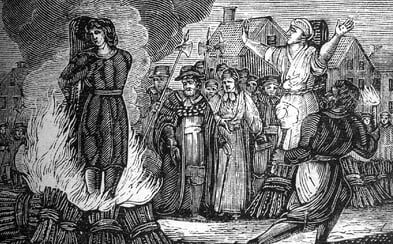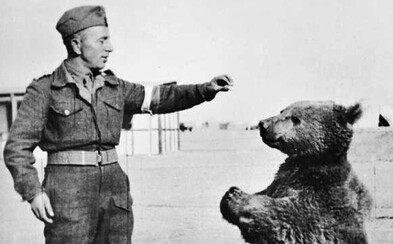 The Witch Hunts Were A War Against Women That Continues To This Day
The Witch Hunts Were A War Against Women That Continues To This Day
The Witch Hunts Were A War Against Women That Continues To This Day
The Witch Hunts Were A War Against Women That Continues To This Day
How Did Borders of European States Develop Between 400 BC and Now? Video Shows the Rise and Fall Of Empires Over the Years
This video, animated by Cottereau YouTube channel, depicts the changes in borders of European states between 400 BC and 2017.
If problems persis, please contact administrator.

Are you interested in what the borders of the Roman Empire looked like right after its disintegration and what arose from it ashes, how far did the influence of the Golden Horde reach and what did the borders of Great Moravia look like during its greatest expansion? Then you shouldn't miss the video creator Cottereau. The French author created a video map of Europe, which animates its territorial changes between 400 BC until 2017.
The rise of the Roman Empire, the invasion of the Huns, Avars or Mongols or the Second World War and the Nazi campaign. All these events were captured in the video by the French creator Cottereau, in which he animated the changes in borders of the empires over the years, using historical sources. The map reaches as far as Asia Minor and North Africa, territories, which significantly affected the development of Europe.
The animation begins in 400 BC, when the largest territory was occupied by the Achaemenid Empire, which bordered with Ancient Greece, and apart from the Thracian and Etruscan empires and Carthage, Europe did not know a state larger than that. Subsequently, the creator recorded territorial changes year after year, starting with the Macedonian boom and ending with the annexation of Crimea.
The video is 12 minutes long, and it is quite detailed. In addition to the changes in the borders themselves, the creator added a table with the number of inhabitants in said areas, during the depicted time. You can therefore learn that the Roman Empire had up to 130 million inhabitants , or that Moravia was at one point the eighth most populous empire in Europe.
If problems persis, please contact administrator.












